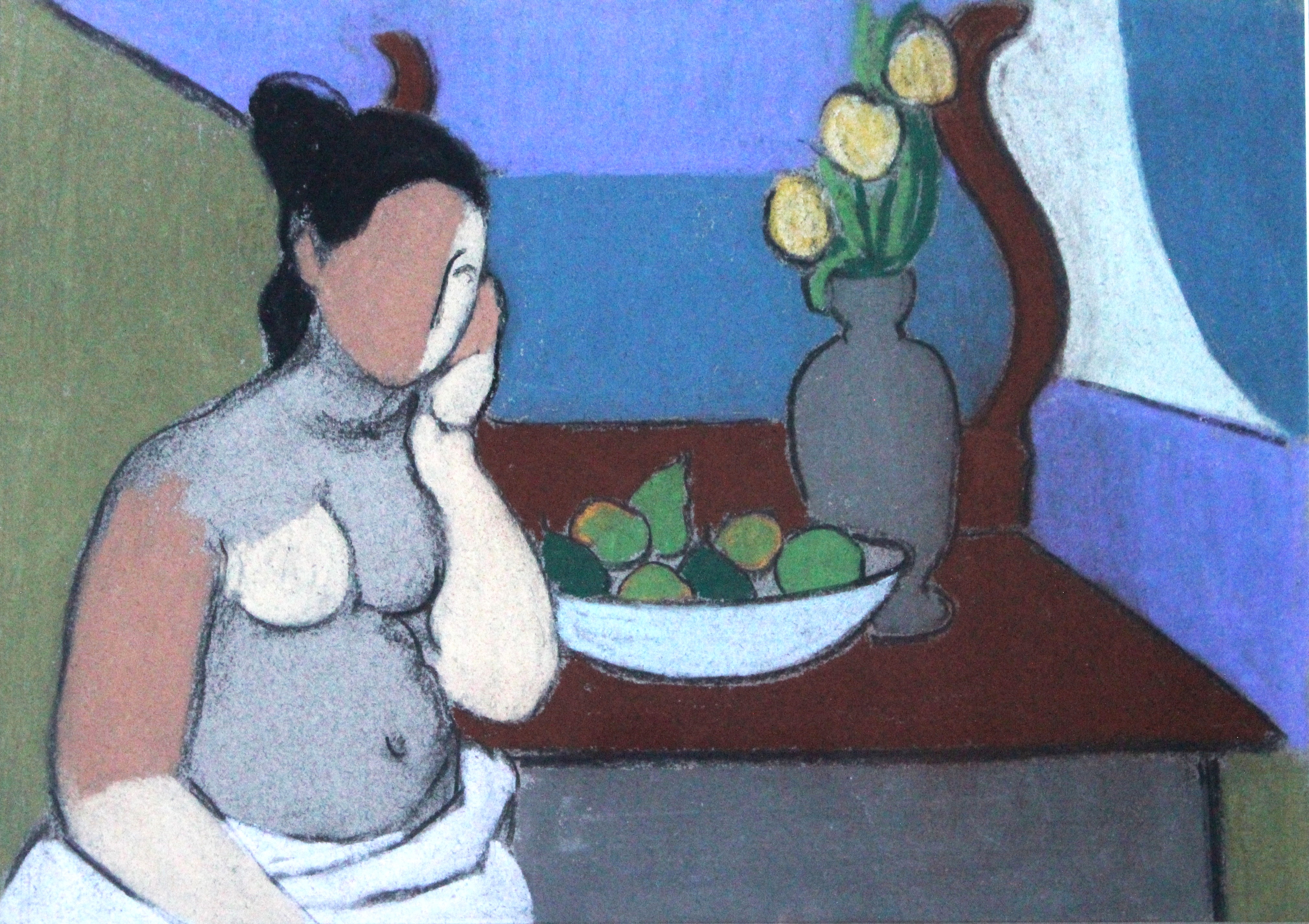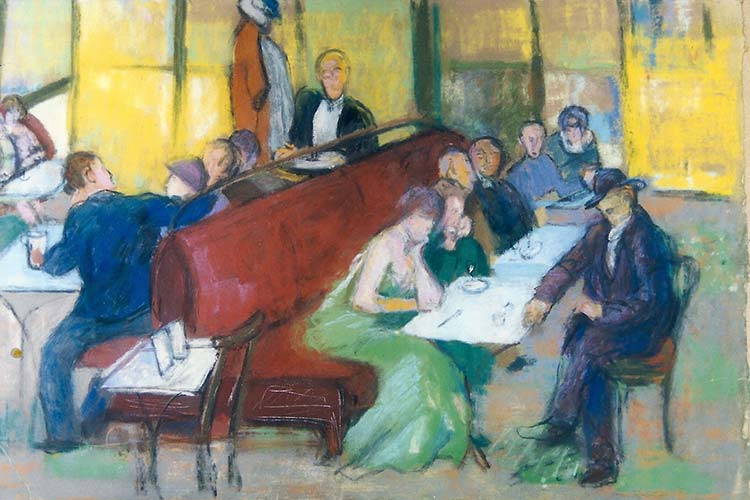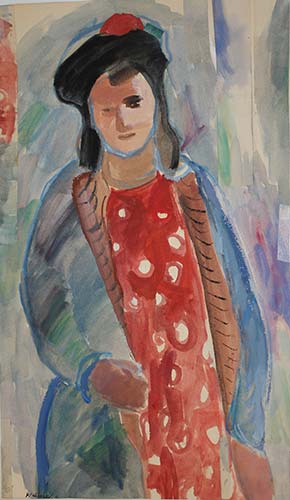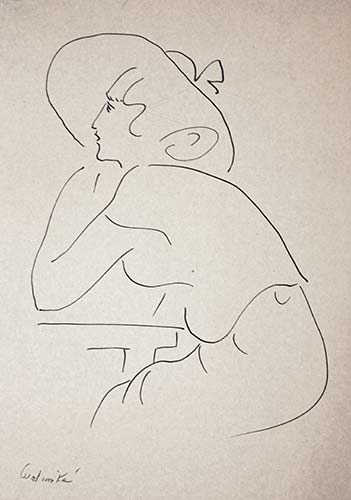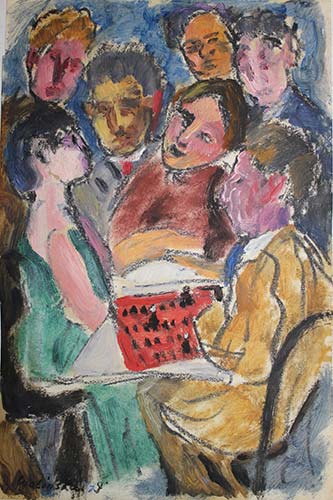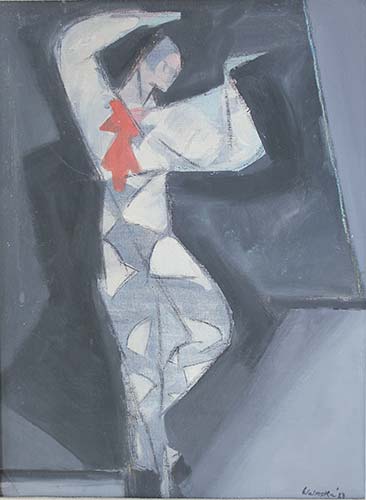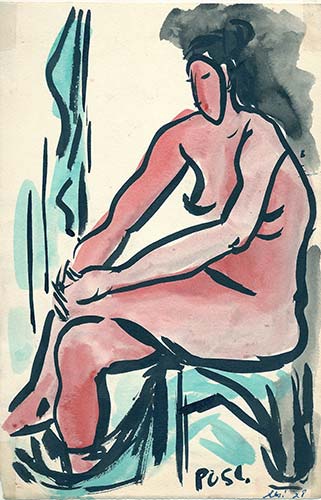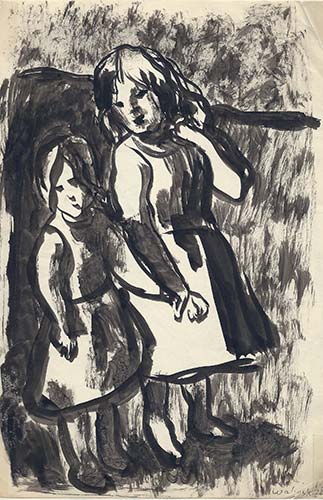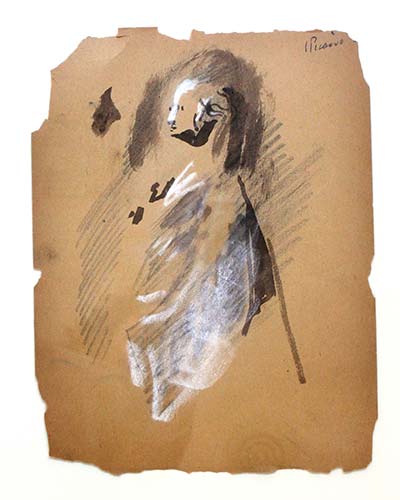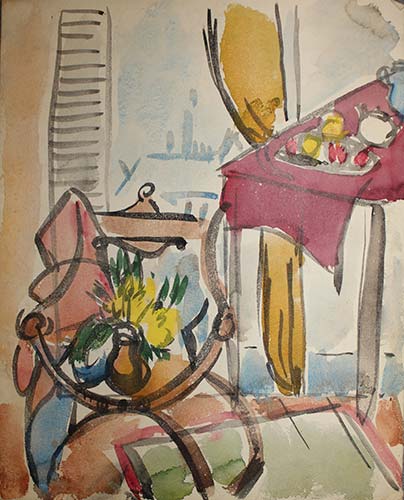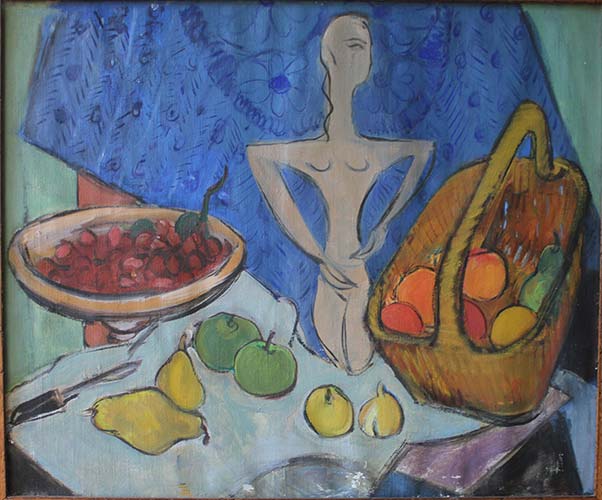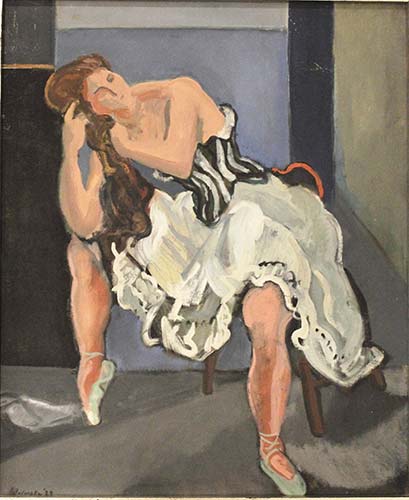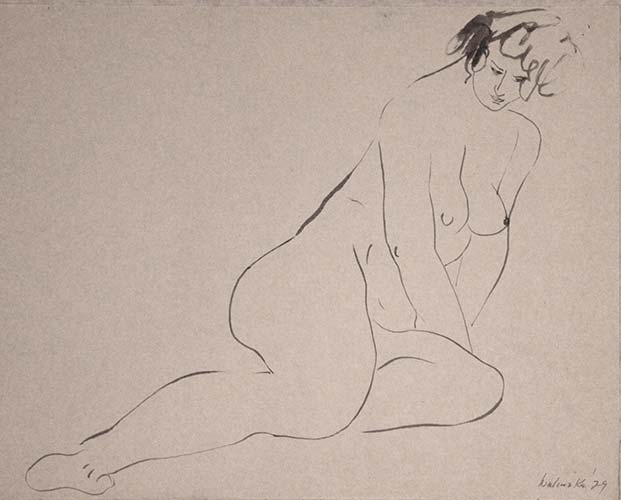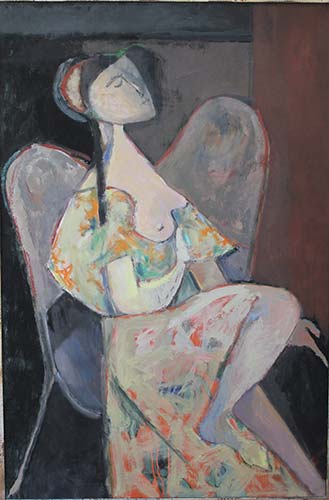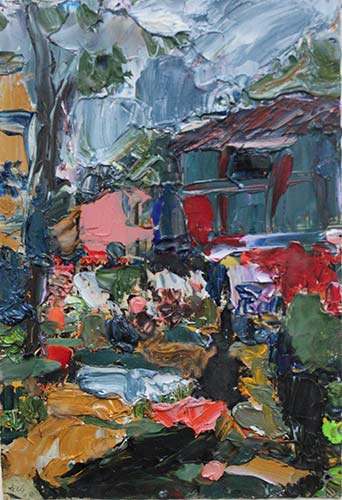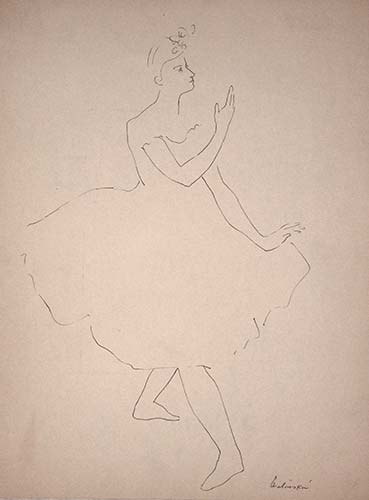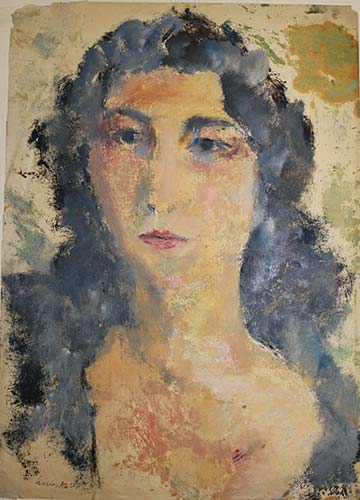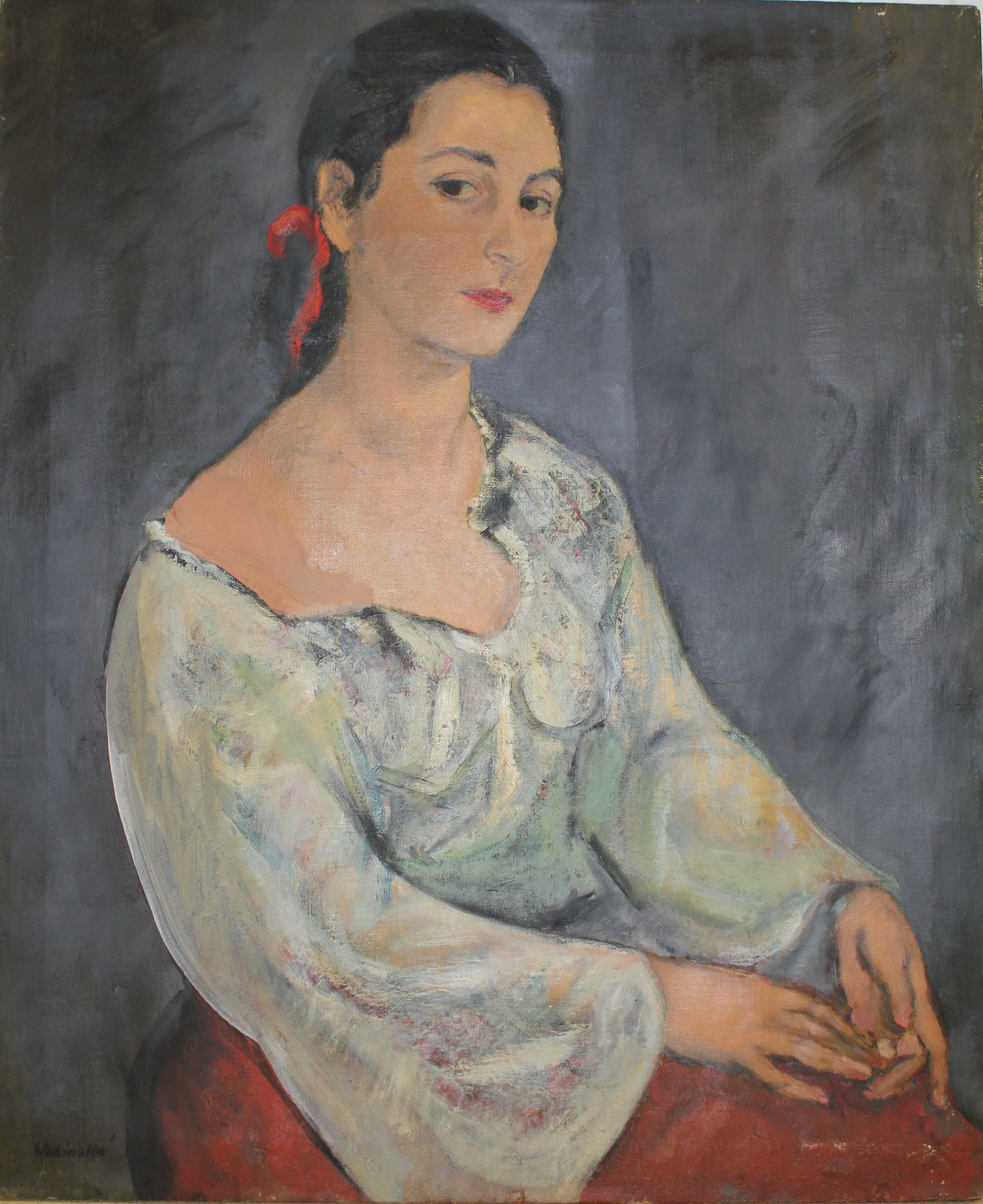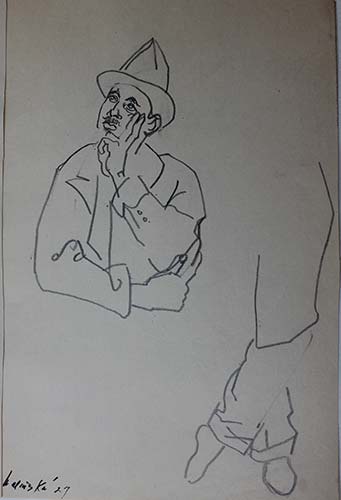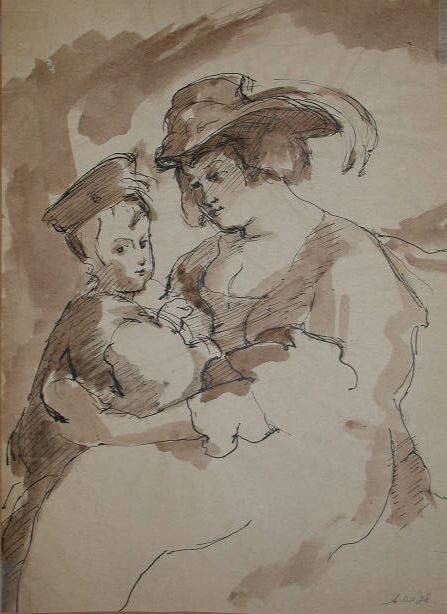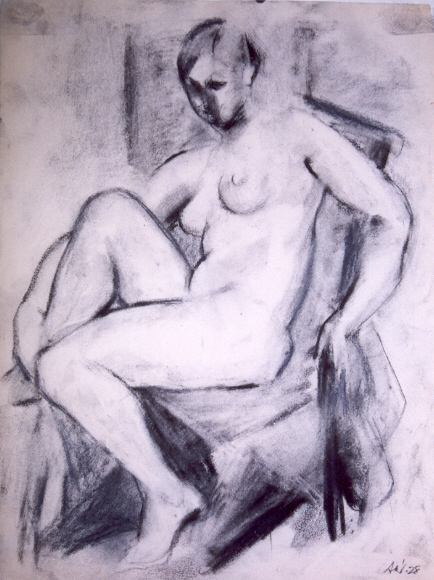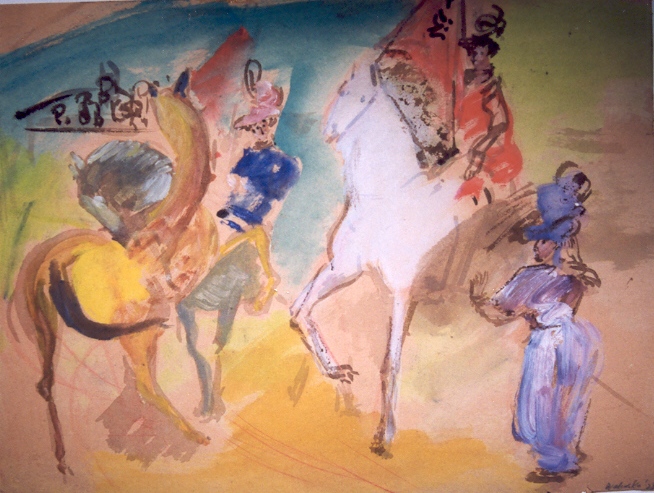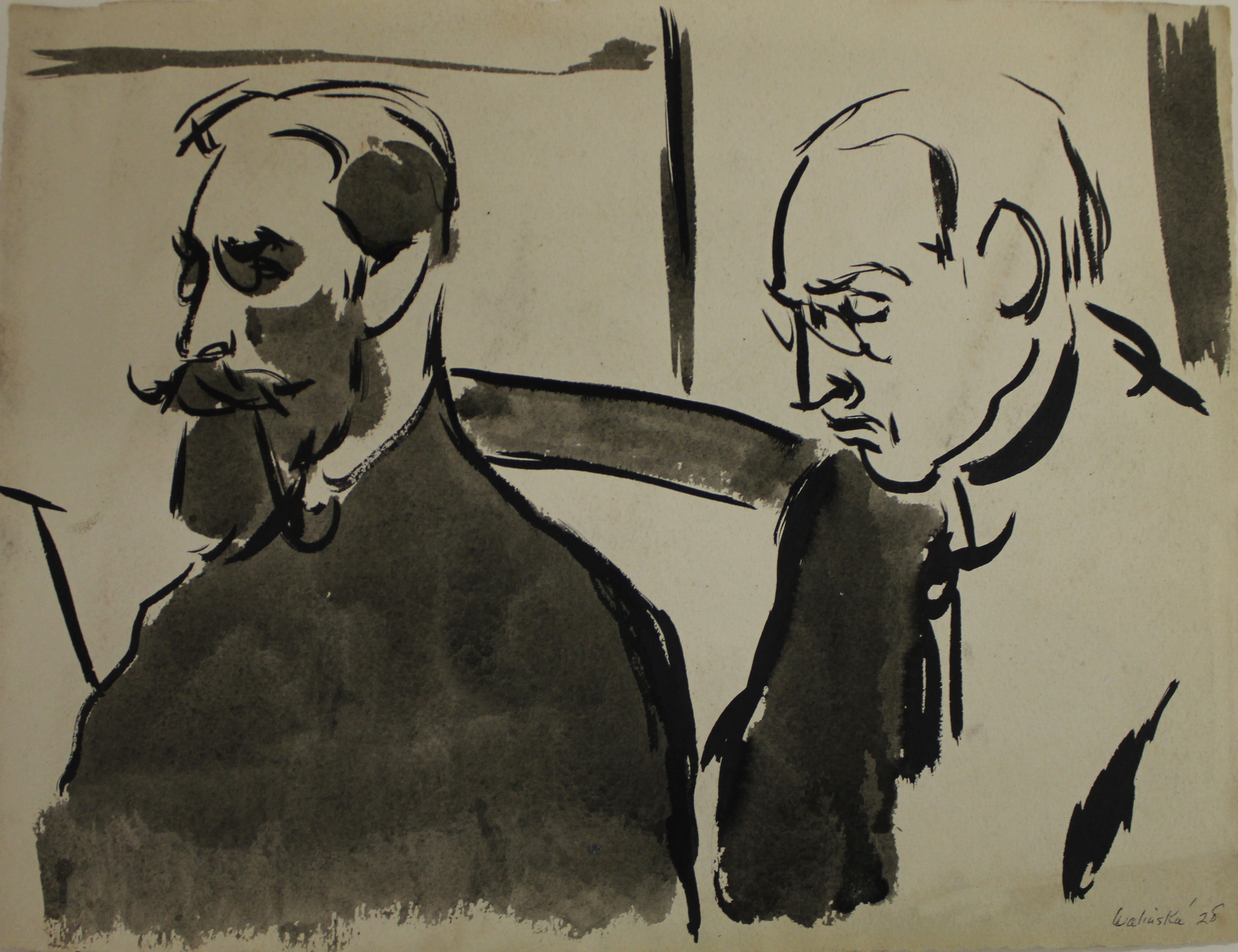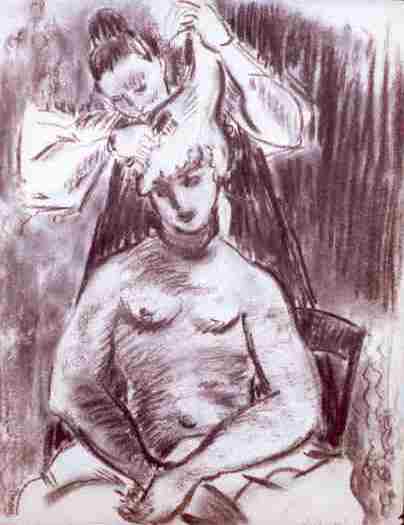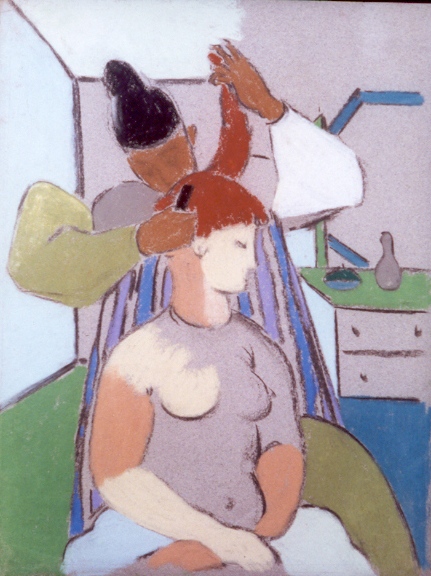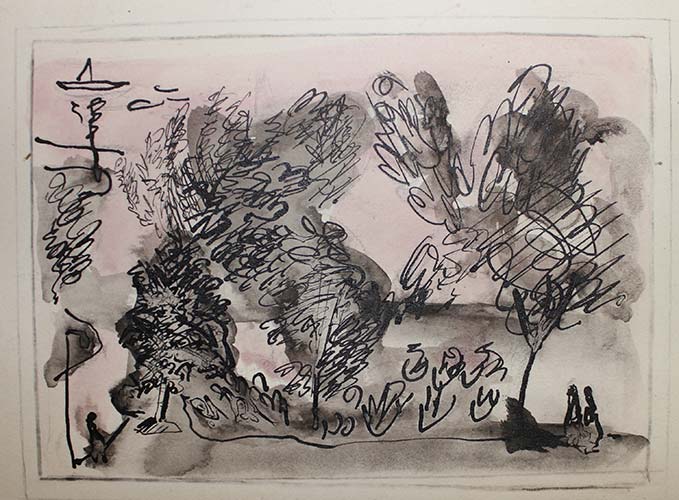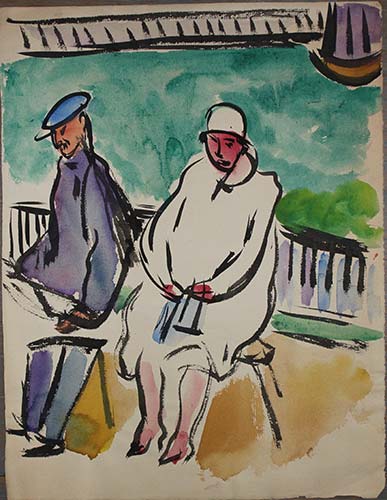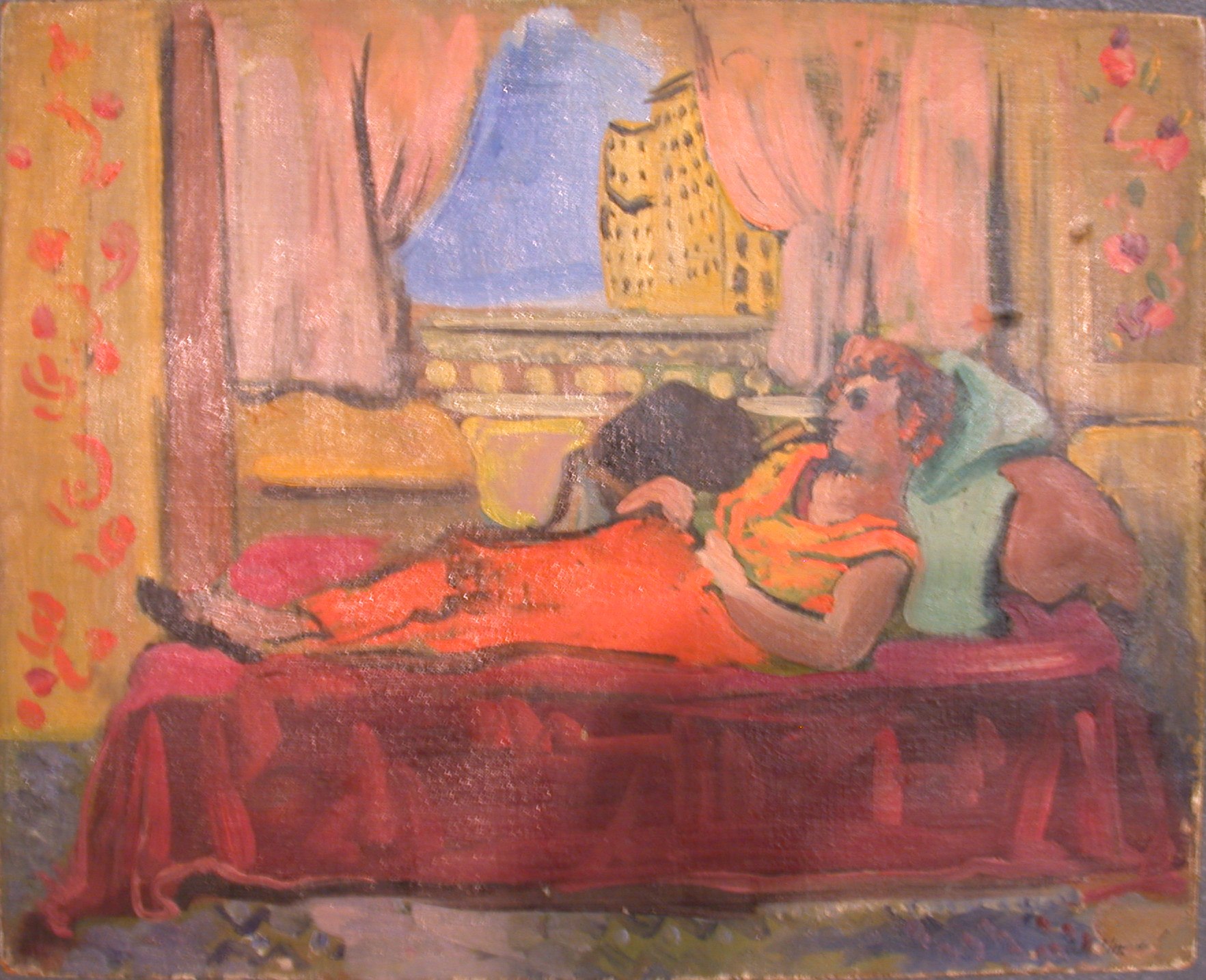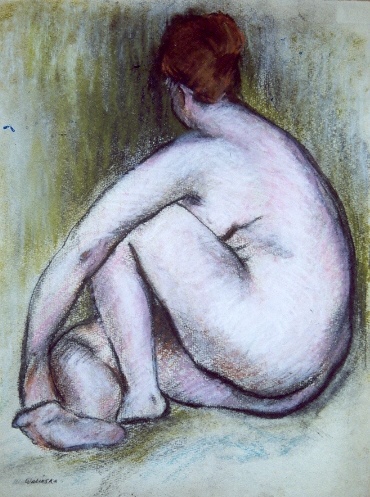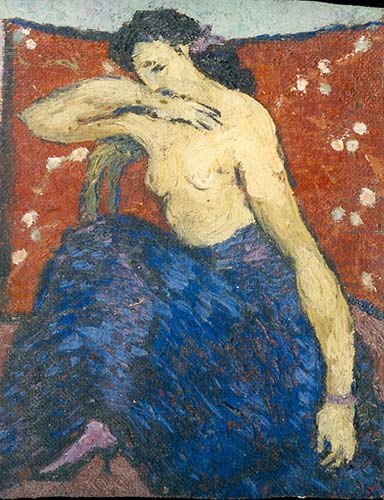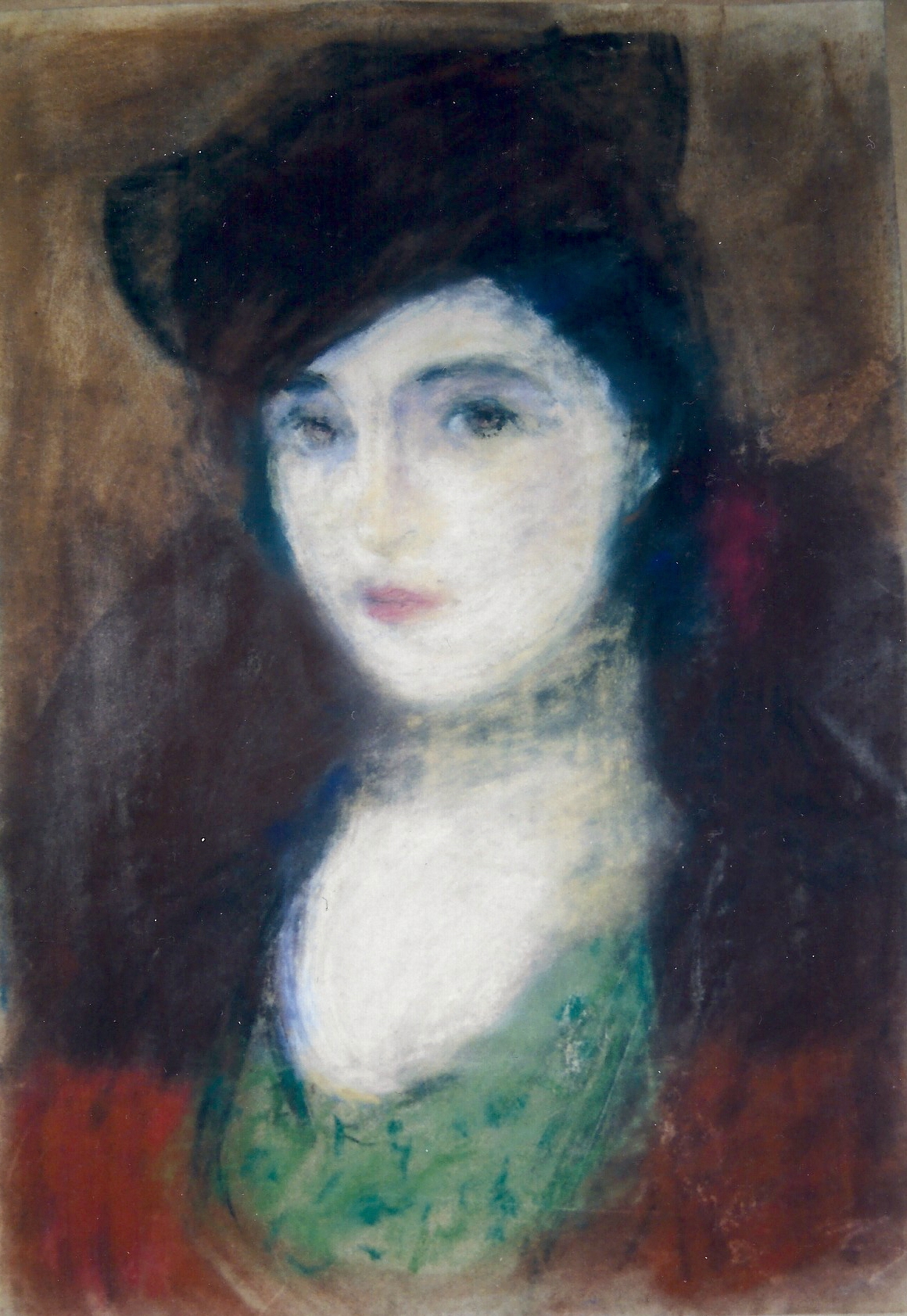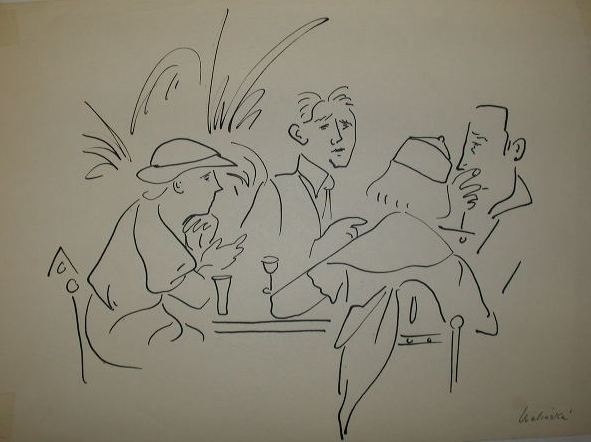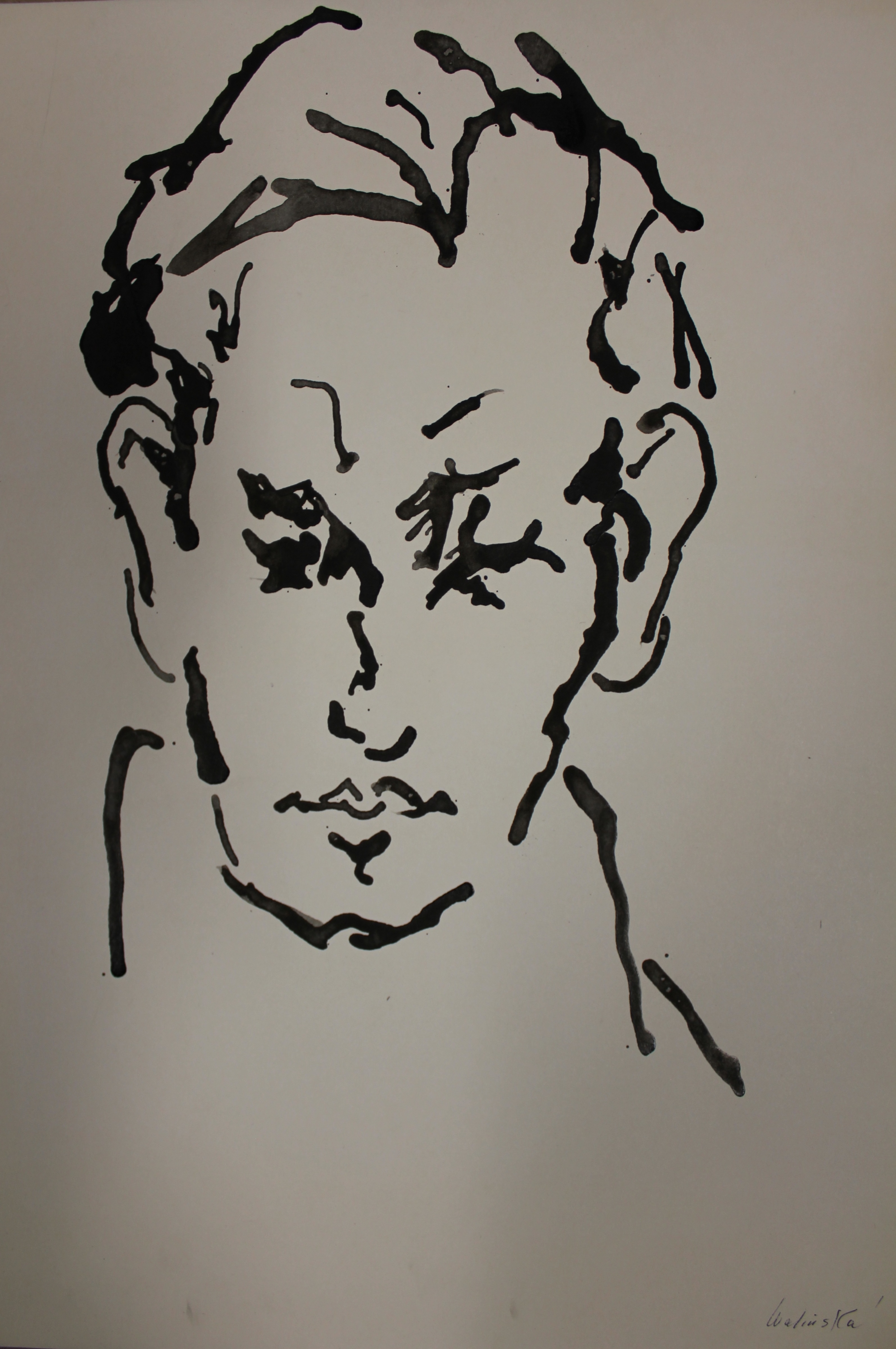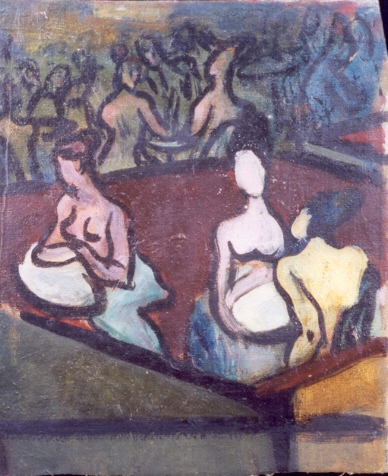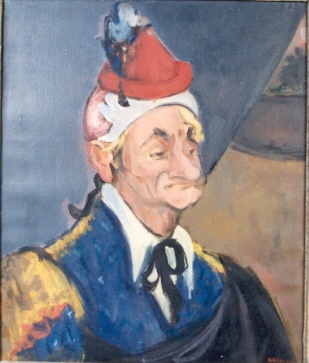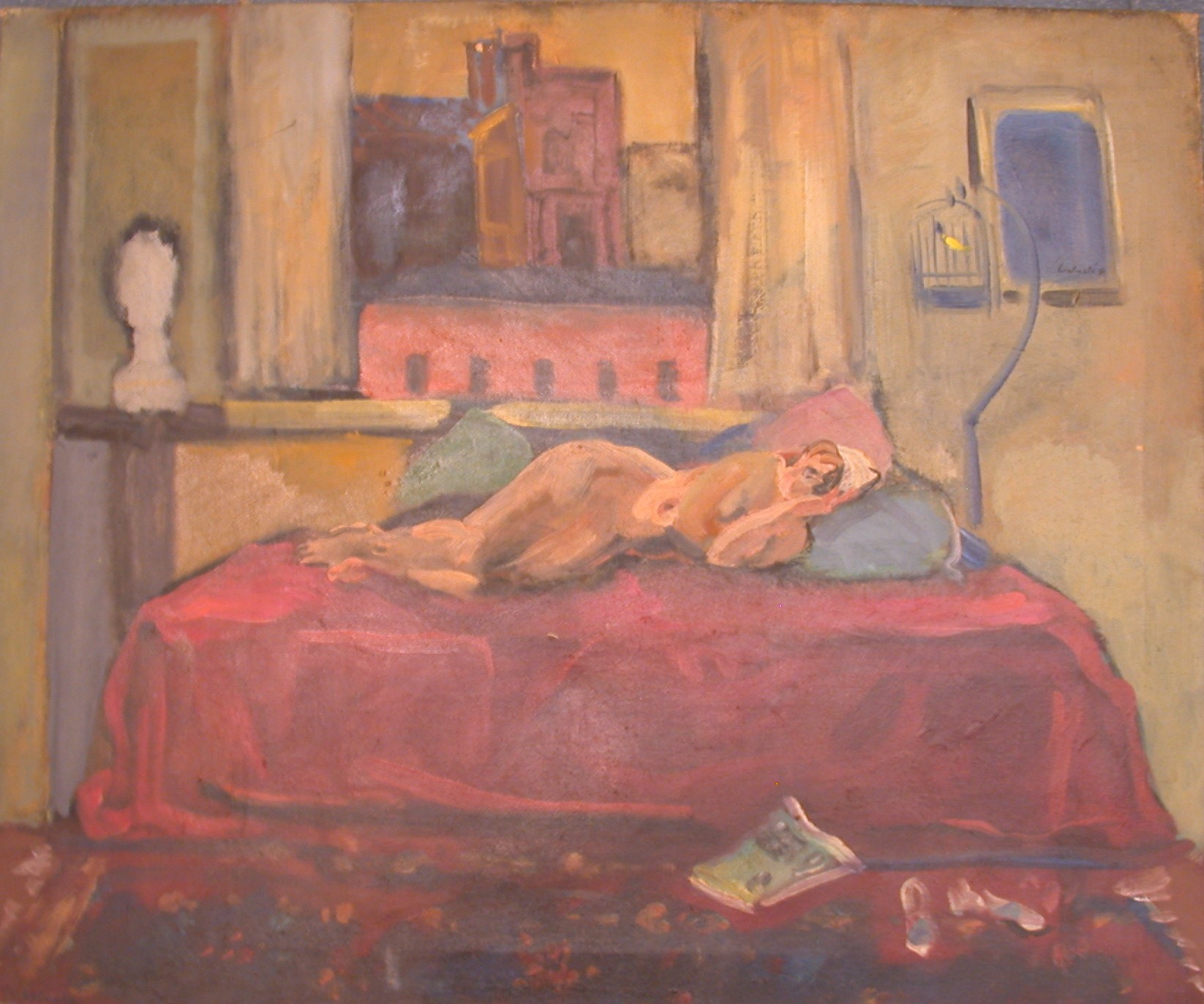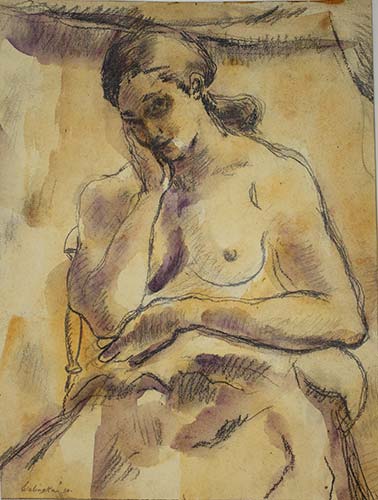67 Rue Madame
Paris, 1926-1930
From the time she attended the Art Students League in 1918 at the age of 12, Anna Walinska dreamed of going to Paris to study art. But her father, a self-made Russian immigrant labor leader, wanted his daughter to attend college and refused financial support. Undeterred, Walinska put on her hat, went to the leather goods company where her father worked, and boldly approached the owner. She told him she needed $2,000 to cover expenses for a year, and proposed an arrangement – if he would provide the funds, she would paint him a copy of a masterpiece. He wrote a check on the spot.
Sailing off to live in Paris at the age of 19, Walinska later said, “in the time of Matisse, Picasso, and Schoenberg’s music, the time of Hemingway’s Moveable Feast, is indicative of a certain kind of daring and adventurousness that I’ve always had.”
It was 1926. Walinska lived on the Left Bank – first at a pension on Rue Stanislas, and then at 67 Rue Madame, around the corner from Gertrude Stein. She studied with Andre L’Hote and at the Grande Chaumiere, and spent many hours at the Musée Luxembourg perched on a ladder, copying Paul Baudry’s La Fortune et le Jeune Enfant for her benefactor. Many months later, when she came home to New York with the painting, her father was sufficiently impressed, promptly reimbursed his boss, and kept the painting for himself. Walinska boarded the Ile de France and returned to Paris for the remainder of the decade, exhibiting original work at the Salon des Independents and developing what she termed “the calligraphy of line that stayed with me from then on.”
Walinska sketched daily at the Academie Colarossi, shopped at the Galleries Lafayette for material to include in her still lifes, attended the Theatre de Dix Heures, and delighted in the food and scenes at Café Select, Le Dome, and La Coupole. She screen tested for the Gaumont film Joan of Arc, and met Maurice Chevalier and Josephine Baker on set.
Matisse and Picasso were her greatest influences. Writer Karl Kraus, who was teaching at the Sorbonne, brought her to see private collections of Old Master drawings. But she formed her closest friendships with musicians – Schoenberg, Poulenc, Jascha Heifetz, composer Edgard Varese, pianist Josefa Rosanska and her husband Rudolf Kolisch. She found her first romance with Schoenberg’s student Max Deutsch, with whom she frequently walked to Longchamps and later said, “I have loved horses since then.”
In 1935, now an exhibit curator for the Federal Arts Project and determined to bring the French sensibility to the New York art world, Walinska opened the Guild Art Gallery and gave Arshile Gorky his first NYC one-man show. She had become fluent in French during her years in Paris, a skill which enabled her to seek out Fernand Leger at a nearby hotel and convince him to view Gorky’s work.
As with her first trip to Paris, her life’s work, Walinska wrote, “sought to convey the spirit of a search without boundaries.”
